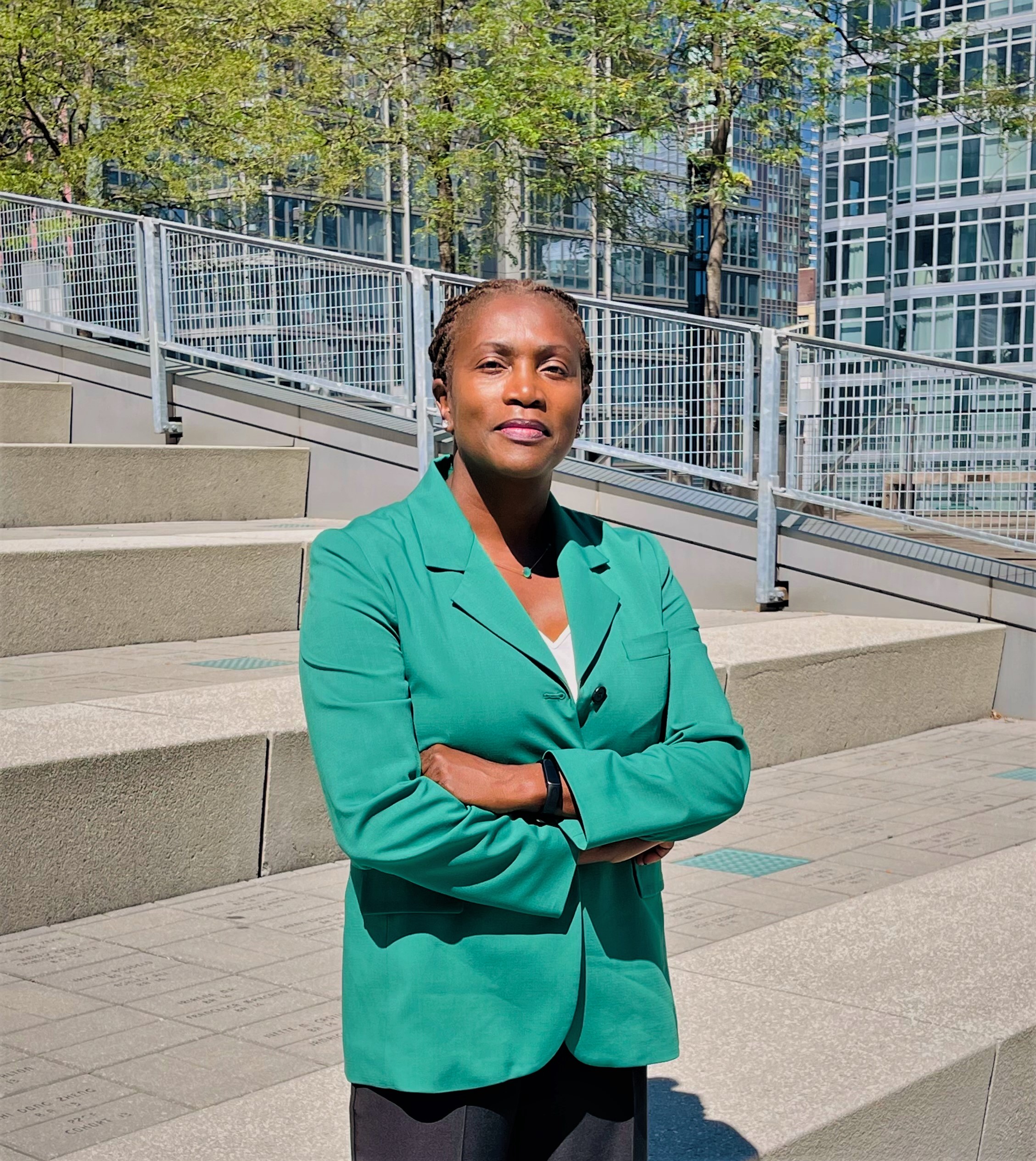Studying Individual Experiences of Violence and PTSD
Dr. Maureen Allwood’s research underscores the importance of individualized analysis when addressing PTSD in survivors of violence
Author: Jeremy Fassler

Humans often look for commonalities with others, but what happens when psychological studies overlook unique experiences? According to the Gun Violence Archive, 13,035 people have lost their lives to gun violence this year alone. Survivors of gun violence, and other individuals impacted by violent acts, are likely to suffer from PTSD, but as John Jay Professor of Psychology Dr. Maureen Allwood notes, both psychologists and psychological studies fall into the trap of generalizing about victims’ PTSD symptoms rather than analyzing how each experience with violence is different and deserves thoughtful consideration.
“We have to ask people about the effects and impact these events have on their lives,” Allwood says. “Imagine a therapist working with someone who witnessed an act of violence and talking to them about ‘trauma’ or ‘violence’ broadly, but never understanding what weapon specifically they were threatened with. We’ve been lumping everything together under the community violence rubric, which means some of our outcomes are inconsistent.”
Allwood, a clinical psychologist who specializes in studying the consequences of exposure to violence, has published a study in the Journal of Interpersonal Violence entitled “Youth Exposure to Gun, Knife, and Physical Assaults: Assessing PTSD Symptoms Across Types of Assaults, Race, Ethnicity, Sex, and Context.”
The study, co-written by master’s students Hyun Kim and Janelle N. Robinson, involved analyzing questionnaire data from hundreds of interviews with Latino, Black, Asian and White students at a Northeast commuter college. It also provides valuable insights into the impact of violence that can benefit psychologists and sociologists alike.
“We know that there are differences in the types of violence people experience,” says Allwood. “What are those differences, what is the impact, and how can we develop more precision in our interventions to reduce violence and increase safety overall?”
For example, Black participants in the study reported having higher symptoms of PTSD from gun victimization than other demographic groups. However, Black participants generally did not report significantly more PTSD symptoms than other groups, an outcome consistent with prior studies. Overall, gun victimization was the only area of the study where men reported higher PTSD symptoms than women. Allwood and her co-authors concluded that “for men, being confronted with a gun is a salient traumatic event.”
“There’s an assumption that because people are from high-crime environments, they’re less likely to be symptomatic because they adapt to it,” Allwood says. “But when we ask questions specific to PTSD, they show that they are symptomatic. We have to ask a range of questions related to symptoms, not just ‘are you depressed?’”
Allwood and her co-authors prioritized studying the reactions from individual exposure to incidents of gun-related violence, which is more common than exposure to mass violence. “We haven’t been consistently collecting data that’s not in the context of mass violence,” she says. The data collected in Allwood’s report fills long-unfilled holes in research related to trauma since it analyzes weapons exposure individually.
“A lot of studies just say ‘victimization,’ and you don’t know if it’s physical or if a weapon’s involved,” she says. “If a gun is involved, I’m probably going to fear for my life more. If you have a lethal weapon involved in a robbery or an assault or whatever is going on, the fear factor and the long-term impact might be greater.”
But the report is in no way limited to gun victimization; the majority of those interviewed cited physical assault as their primary exposure to violence. Women reported higher PTSD symptoms from physical assault than men, and Black respondents reported a higher level of physical assault than all other demographic groups. Those who identified as victims of both gun violence and physical assault were shown to have a higher risk factor for PTSD overall.
Allwood and her co-authors suggest in the report’s conclusion that social service providers need to work with victims in a way that humanizes them while continuing to ask specific questions related to their experience to obtain the most valuable insights. “We won’t understand PTSD if we’re not asking people to fully tell us about their experiences,” she says. “All adverse experiences are not the same.”
